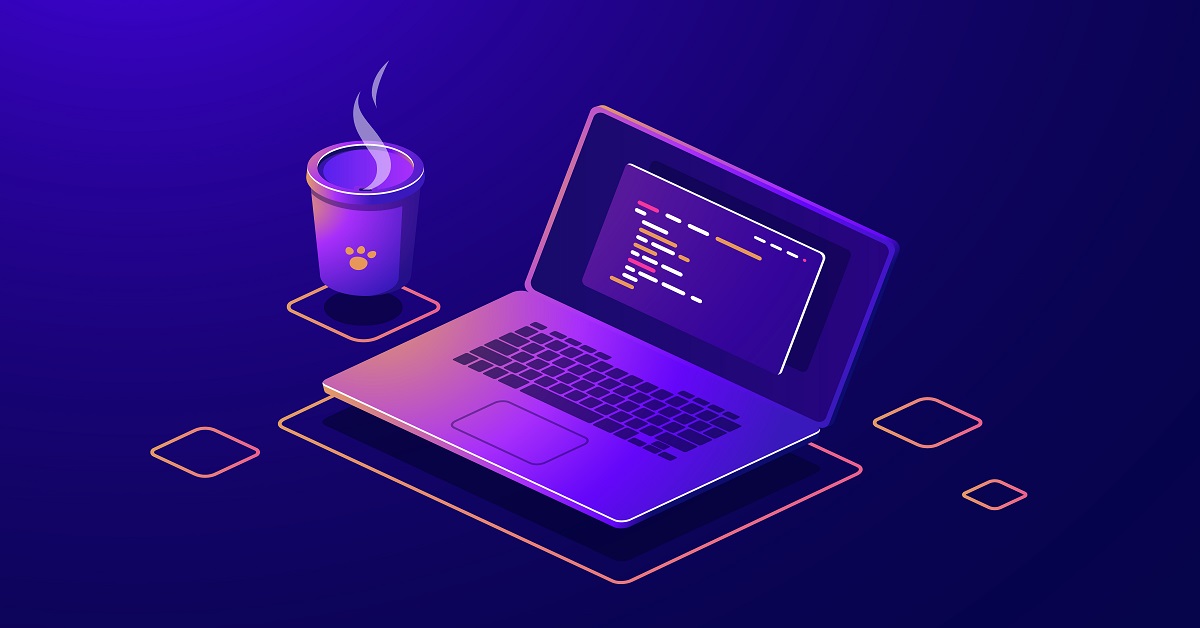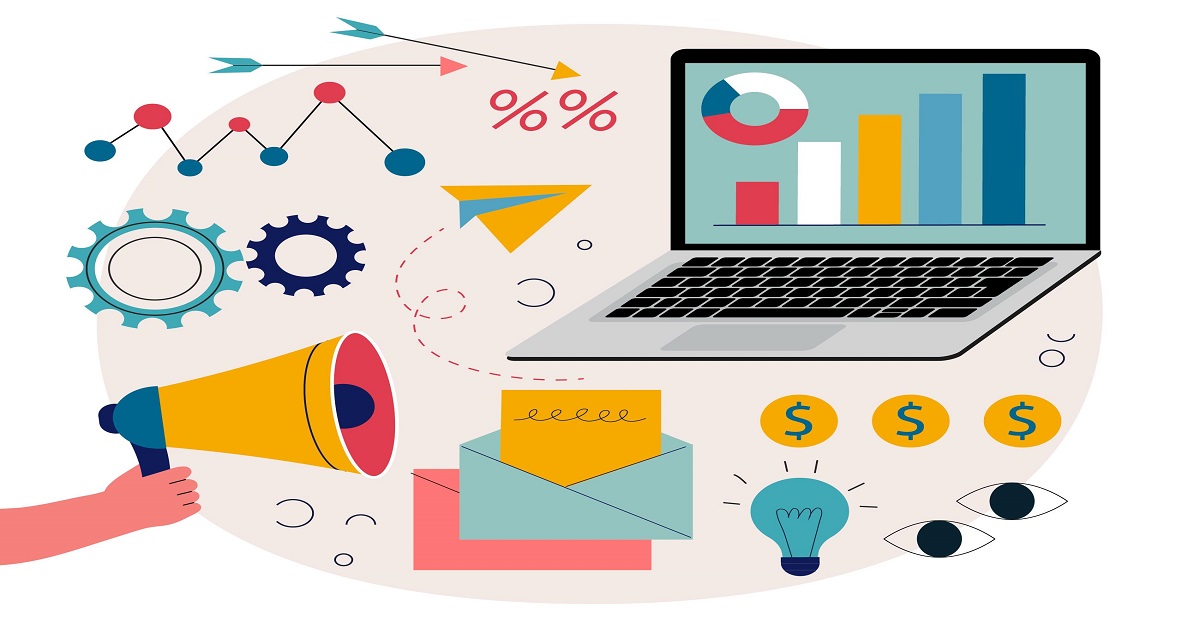It is said that our decisions are always based on our past experiences. Human beings are very calculative when it comes to making decisions. Every organisation today wants to promote their product to the right audience instead of making generalized efforts. This can be achieved by studying data closely.
“Data Analytics” is the process of examining and interpreting data to get useful information. It helps companies to make the right decisions and improve efficiency and productivity. Digitalization has ensured there is a surge in data in every organization. This requires right manpower who can handle, manage and clean data which is in row format. Thus there is demand for learning data analytics.
Who can learn Data Analytics?
There are 2 types of people who can learn Data Analytics.
Students: College students who are learning any kind of technical education, Management studies or PhD and research based learning can learn Data Analytics.
Qualification doesn’t matter as long as you are very keen to learn this technology.
Working Professionals: Who are working in a role which has access to large data. Some of the roles are Management people, Product Managers, Team Leaders, Decision Making roles. In terms of industry, majorly people from Finance, BFSI, Pharma, Healthcare, Logistics and Manufacturing professionals are required to learn this.
What are the basic skills I need to learn to get started in Data Analytics?
Data Analytics is the fully computer based job, so a person should have a basic understanding of Microsoft Excel. Also it involves interacting with various stakeholders like Vendors, clients or colleagues working in different departments. So a Data Analyst should have good communication skills.
Data Analysis process also requires a person to have good logical skills and he or she should be able to understand the company’s goal very well.
Which programming languages and tools should I focus on for Data Analytics?
There are various programming languages and tools required to process data. Let’s divide the activity into 3 main steps, to understand which tools are required.
Step – 1: Data Management:
Skills Needed: Excel and SQL
Here majorly we extract data from databases. It always produces row data. Before we plot a graph of my data I need to ensure my data is clean, duplicates are removed. This is always done in Excel. Having knowledge of both SQL and Excel. It ensures I am able to manage my data very well for further process.
Step – 2: Data Visualization:
Skills needed: PowerBI, Tableau and Looker Studio:
Data once clean are required to visualize through reports and Dashboard. Excel has many limitations when it comes to visualizing the data. However, the above tools are made for the sole purpose of visualization.
Step – 3: Data Prediction:
Skill Needed: Python, R programming Statistics.
Data prediction is an important step where we are predicting results based on past data. E.g like Meteorologists are the scientists who predict the weather, using past data and above programming languages.
Both languages have the same purpose. However Python is always preferred over R, because of its highly rich libraries and large communities. Any programming language gets popular based on two factors- Its simplicity and community size. Python outshine R in both factors.





